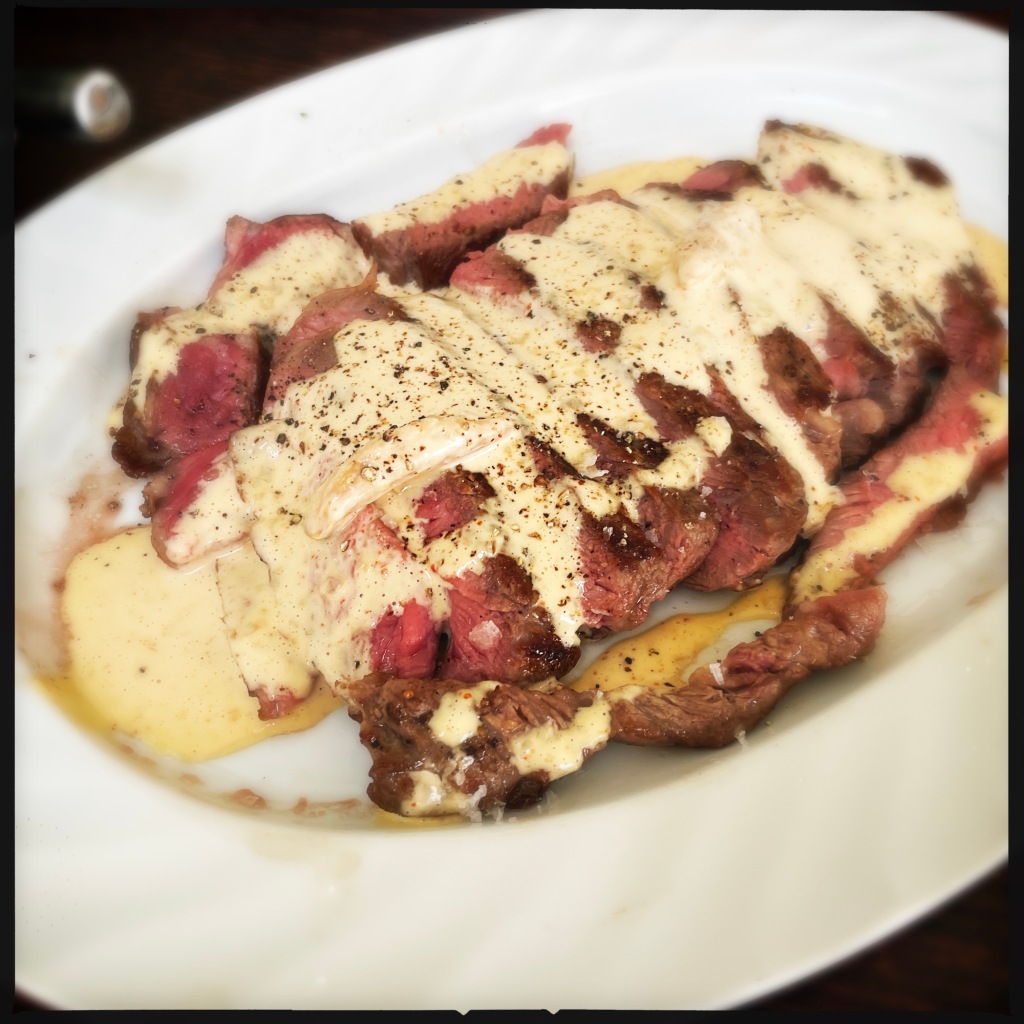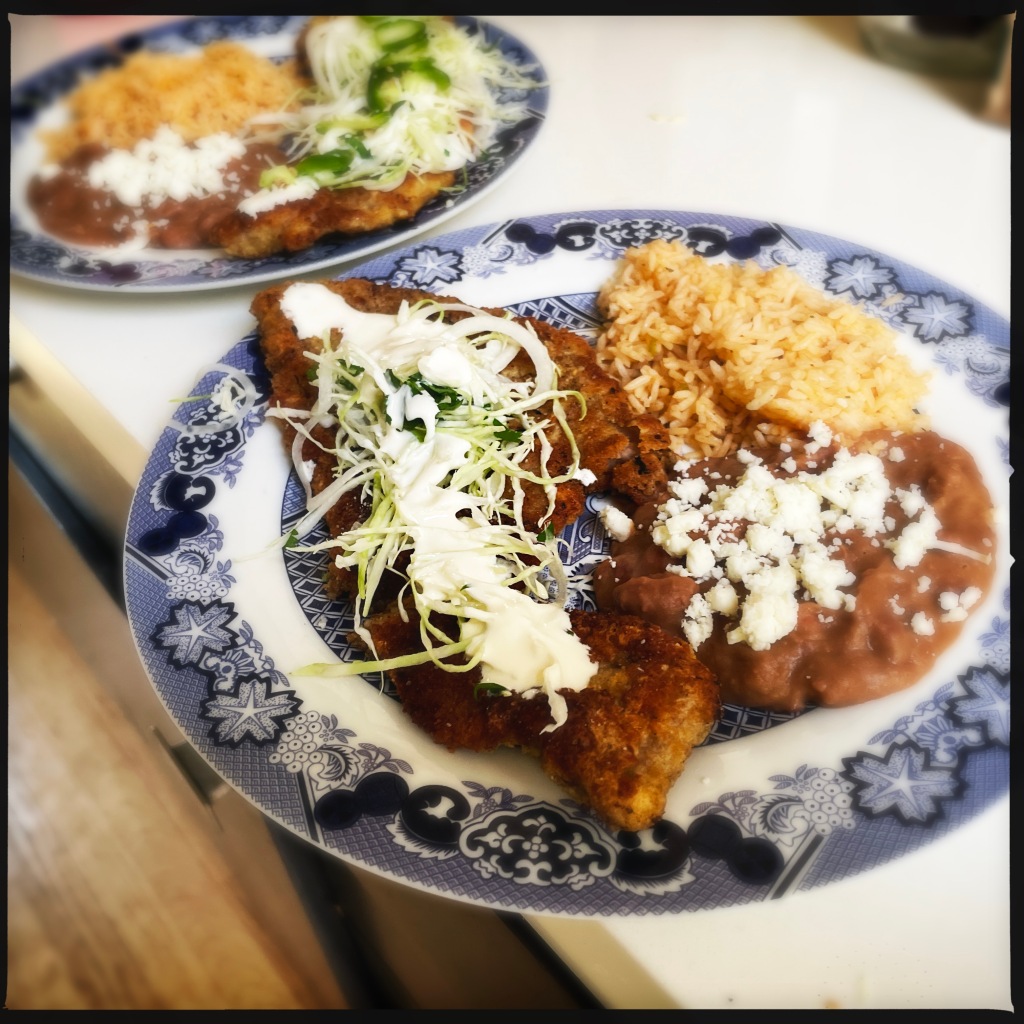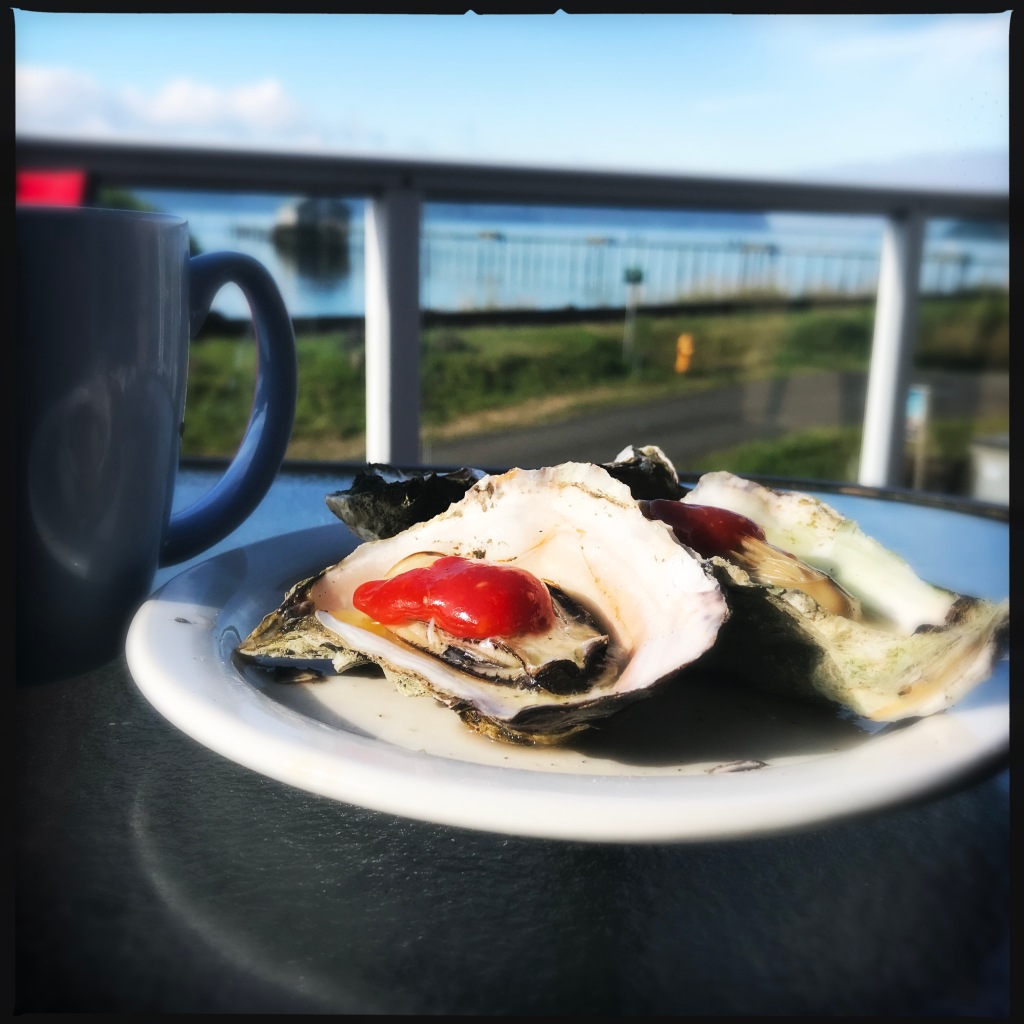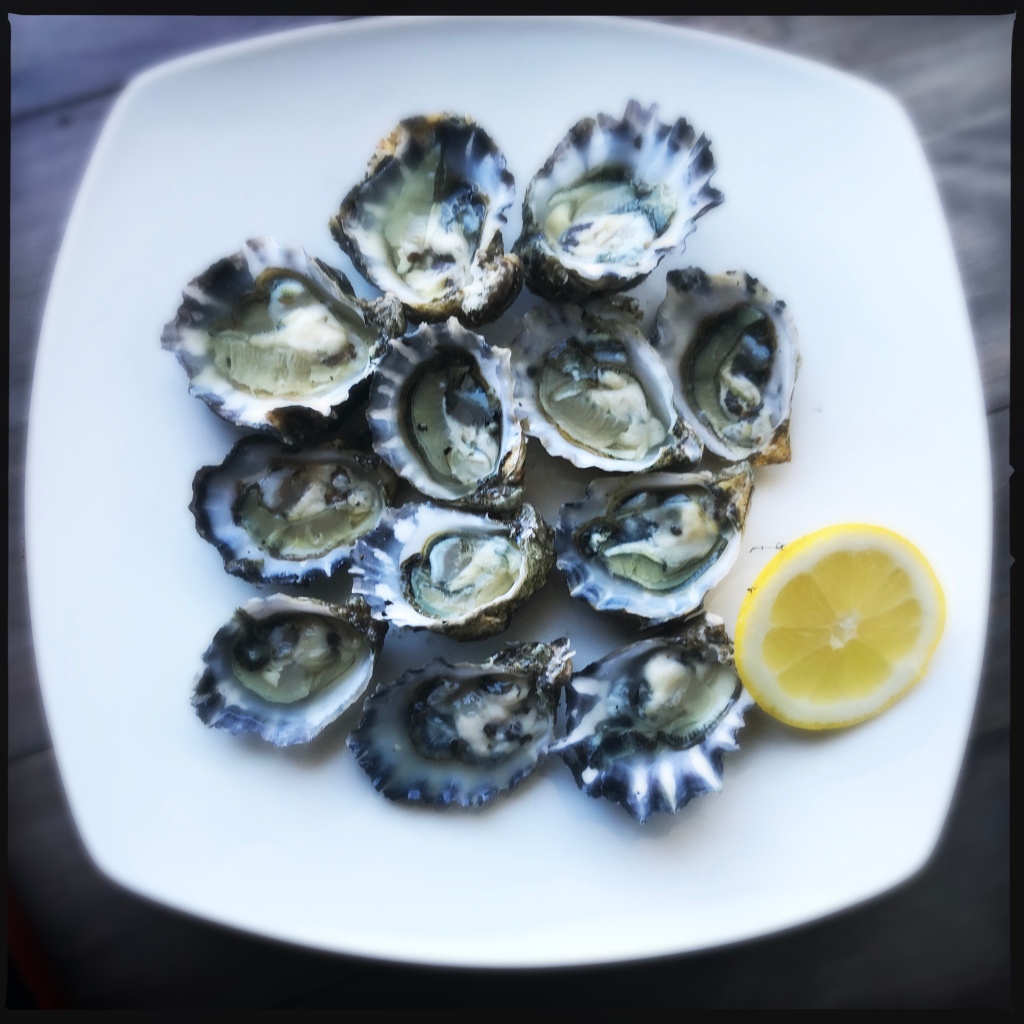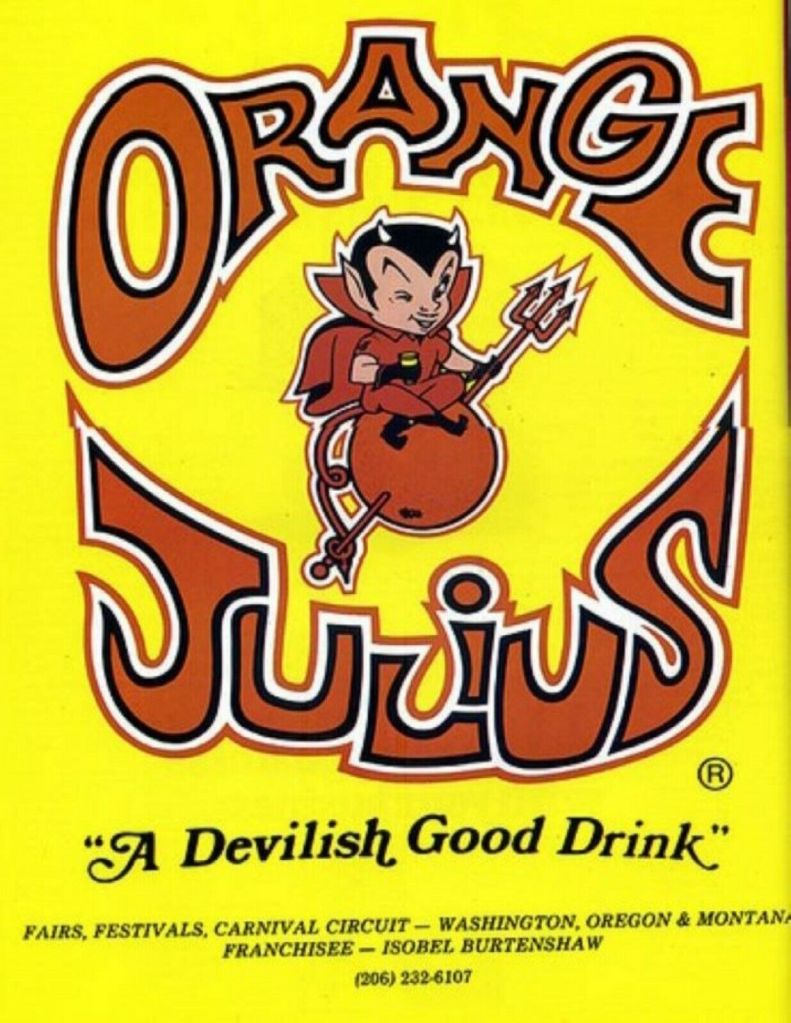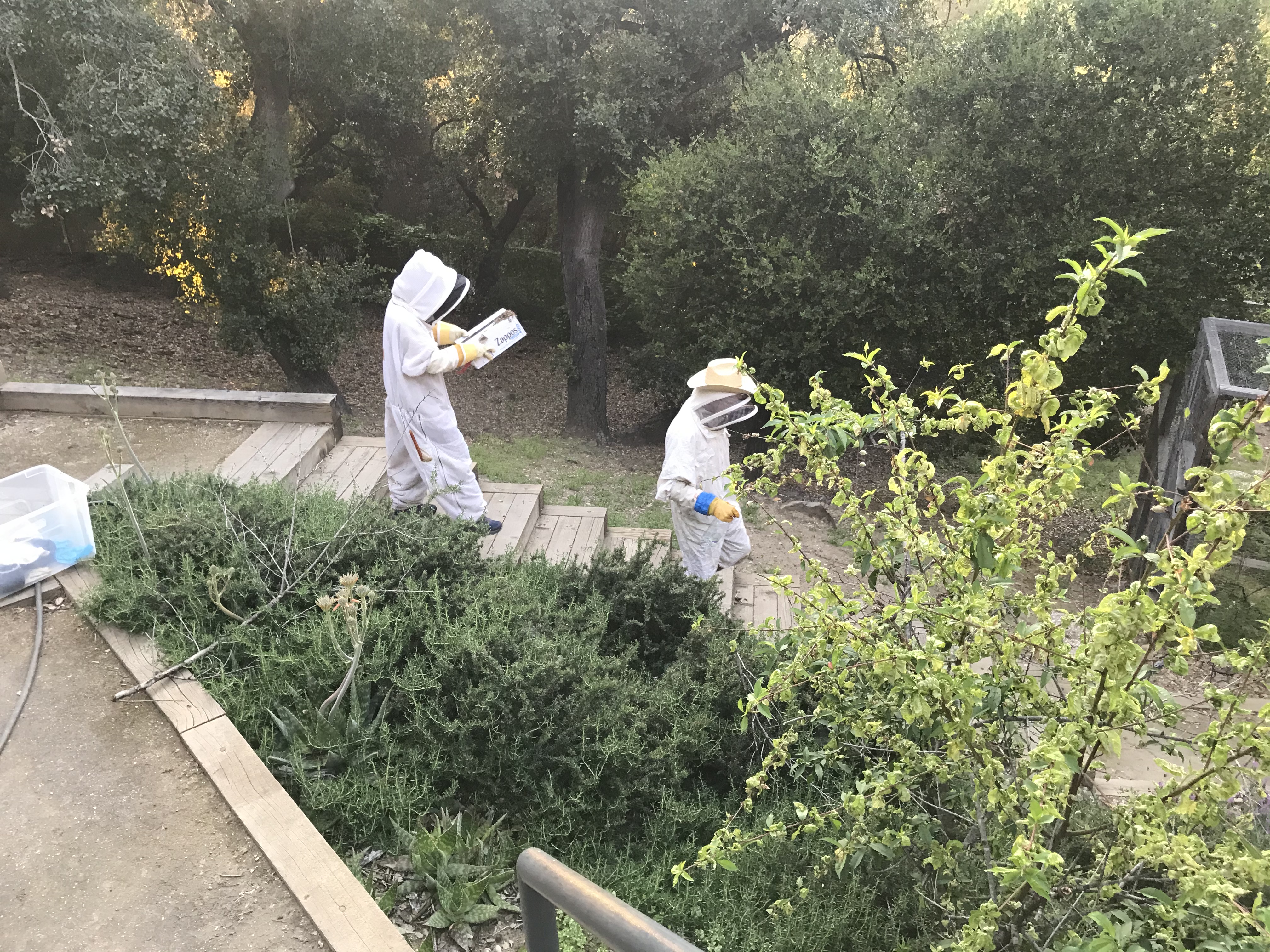My pal Curtis — one of my oldest friends, a real-life cowboy and a legit carnivore — is one of the only reasons I still check Facebook from time to time. You see, Curtis likes to send me videos to my Facebook account. Videos of meat.
Examples of these have included “Fastest Tacos in the World — Tijuana” and “Jack’d Up Smoked Meatloaf.” Most recently, he sent me a video called “Massive Ribeye Steaks for Beasts”. It was produced by a group of Tokyo-based foodies who call themselves Hachiko District, and was shot at a restaurant called Monster Grill in that city’s Ebisu district.
Monster Grill is famous for two things — a 7-lb pyramid of six hamburgers which, if you can finish them in 30 minutes, you don’t have to pay your $75 bill; and a giant 2-pound, 2 inch-thick ribeye steak that is pounded down to one inch, grilled, sliced and slathered with creamy garlic sauce and served with a mound of rice. I watched the video. And it sounded pretty darned good. That garlic sauce was triggering something carnal in me. This, I had to try.
Now short of a quick research trip to Tokyo that seemed unlikely to pass the familial budgeting committee, I hit the internet. I have a deft hand with a ribeye, no help was needed there. But my search for “Tokyo Monster Grill garlic sauce recipe” yielded nothing, so I set about figuring it out myself.
Somewhere among the various videos and Yelp reviews, I saw someone describe the sauce as “mayonnaise-based”. Perfect for a blog called “Skinny Girls and Mayonnaise,” right? I didn’t call it that because I had a fear of mayonnaise. As far as the eye could tell, the sauce appeared flecked with orange. How does one fleck a creamy mayonnaise sauce with orange? Roasted chiles de arbol seemed like the answer.
I fried a head of garlic, pureed it with mayo and a few other ingredients, and nailed it on the first try. Does it taste like the garlic sauce at Monster Grill in Tokyo? I don’t know, I’ve never been there. But it looks pretty similar, and I hope for their sake that their’s tastes as good as mine.
BTW, you can also slather the garlic sauce all over that 7-lb burger tower, if you’re ever in Tokyo and really hungry. Or you could just make the steak like I did, and that might just be enough.
Enjoy!
* * *
Tokyo Monster Steak with creamy garlic sauce
serves 4
2 lb. ribeye steak
1 large head garlic
1/2 cup grapeseed oil
4 dried chiles de arbol, seeded
1/2 cup Japanese kewpie mayonnaise
1 tbsp. rice wine vinegar
1/2 cup water
salt & pepper to taste
Pound your ribeye steak with a meat mallet until it is about 1-inch thick. Season with salt and pepper. Pre-heat oven to 350F.
Make your garlic sauce:
Break the head of garlic into cloves, and remove skin. Heat grapeseed oil over medium-high heat, and fry the garlic cloves, turning once or twice, until golden. Remove garlic from pan, and pan from heat. While the pan is still hot, toast the chiles for about 30 seconds in the hot oil, and then remove.
Place garlic cloves, reserved grapeseed oil, chiles, mayonnaise, vinegar and water in a blender and puree until smooth. Season to taste with salt.
Heat a cast iron skillet on high heat until it begins to smoke. Sear your steak for 90 seconds, and flip. Sear for another 90 seconds. Then place the pan in the oven. Cook to desired doneness — 3 minutes for rare, 5 for medium rare, and you’re on your own after that.
Remove pan from oven, and steak from pan to a cutting board. Slice across the grain into slices about 1/2-inch thick. Lay out sliced steak on a platter, and drench with garlic sauce. Serve with Japanese rice and more garlic sauce on the side. (And maybe a salad, what the hell.)

